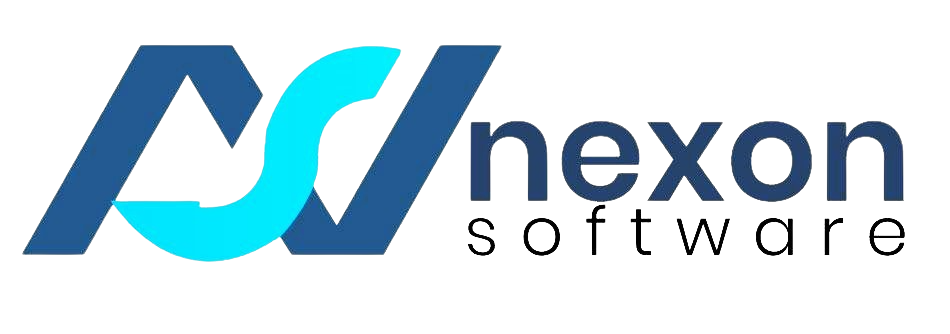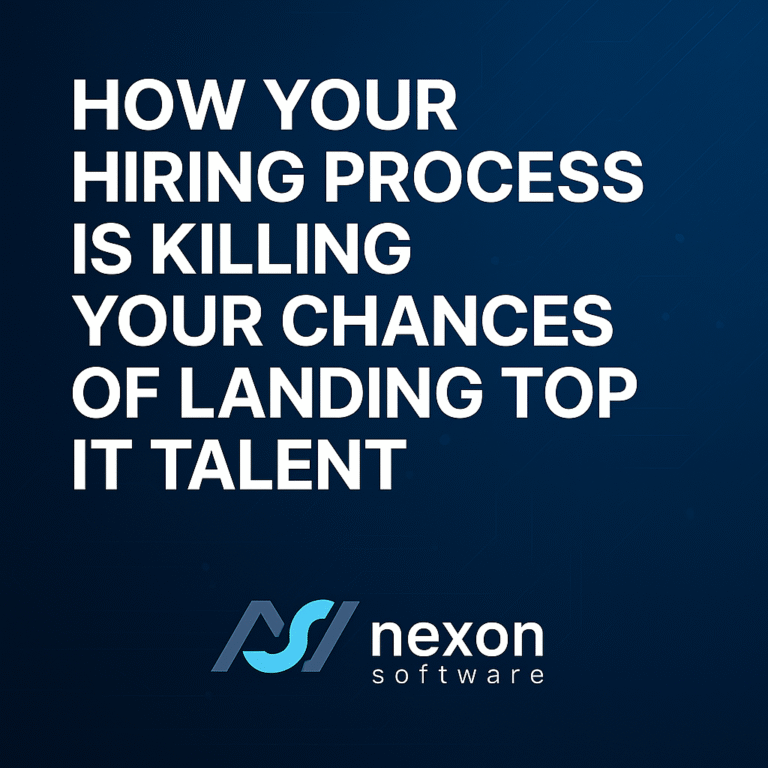How do you develop and update IT competency profiles for your IT staff?

Developing and Updating IT Competency Profiles for Your IT Staff
In today’s fast-paced technological landscape, having a well-defined competency profile for your IT staff is essential for organizational success. Competency profiles outline the skills, knowledge, and abilities required for employees to perform their roles effectively. They serve as a foundation for recruitment, training, performance evaluation, and career development. At Nexon Software Solutions, we recognize the importance of developing and updating these profiles to ensure our team remains competitive and capable of meeting the evolving demands of the industry. This blog explores how to create and maintain effective IT competency profiles for your staff.
Understanding Competency Profiles
A competency profile is a structured document that captures the specific competencies required for a particular role within an organization. These profiles typically include:
- Core Competencies: Fundamental skills and behaviors applicable across all roles in the organization.
- Job-Specific Competencies: Skills unique to specific positions or departments.
- Proficiency Levels: Different levels of expertise required for each competency, ranging from basic to advanced.
Competency profiles not only help in defining what is expected from employees but also provide a roadmap for their professional development.
The Importance of Competency Profiles
- Enhanced Recruitment: Clearly defined competencies help HR teams identify candidates who possess the necessary skills and cultural fit during the hiring process.
- Targeted Training and Development: By understanding the competencies required for each role, organizations can create targeted training programs that address skill gaps and promote continuous learning.
- Performance Management: Competency profiles provide a framework for evaluating employee performance based on specific criteria, facilitating more objective assessments.
- Succession Planning: Organizations can identify high-potential employees based on their competencies, ensuring a pipeline of talent ready to step into critical roles.
- Alignment with Business Goals: Competency profiles help align employee skills with organizational objectives, ensuring that the workforce is equipped to meet strategic goals.
Steps to Develop IT Competency Profiles
Creating effective IT competency profiles involves a systematic approach. Here are the steps to follow:
1. Define Organizational Goals
Before developing competency profiles, it’s essential to define your organizational goals. Consider what you want to achieve through competency profiling—whether it’s improving employee performance, enhancing recruitment processes, or fostering a culture of continuous learning.
2. Identify Key Stakeholders
Engage key stakeholders from various departments, including HR, IT management, and team leads. Their insights will be invaluable in understanding the specific competencies required for different roles within the IT department.
3. Conduct Job Analysis
Perform a thorough job analysis for each position within your IT team. This can involve:
- Interviews: Speak with current employees in various roles to gather insights about their daily tasks and required skills.
- Surveys: Distribute surveys to collect information about essential competencies from a broader audience.
- Focus Groups: Organize focus groups with stakeholders to discuss key competencies and gather diverse perspectives.
4. Create a Competency Framework
Develop a competency framework that outlines core competencies applicable across all IT roles as well as job-specific competencies unique to individual positions. This framework should define each competency clearly and include proficiency levels that indicate varying degrees of expertise.
5. Validate Competencies
Once you have developed a draft of your competency profiles, validate them with subject-matter experts (SMEs) or conduct additional focus groups. This step ensures that the competencies accurately reflect the requirements of each role and are aligned with industry standards.
6. Finalize Competency Profiles
After gathering feedback and making necessary adjustments, finalize your competency profiles. Ensure they are documented clearly and made accessible to all relevant stakeholders within the organization.
7. Communicate the Profiles
It’s crucial to communicate the purpose and importance of competency profiles throughout the organization. Hold training sessions or workshops to educate employees about how these profiles will be used in recruitment, performance evaluations, and professional development.
Updating IT Competency Profiles
Competency profiles should not be static; they need regular updates to remain relevant in an ever-changing technological landscape. Here’s how to ensure your competency profiles are kept up-to-date:
1. Monitor Industry Trends
Stay informed about emerging technologies and industry trends that may impact the skills required for various IT roles. Subscribe to industry publications, attend conferences, and participate in webinars to keep abreast of changes in technology.
2. Gather Continuous Feedback
Establish mechanisms for continuous feedback from employees regarding their roles and responsibilities. Regular check-ins or surveys can help identify shifts in job requirements or new competencies that may need to be added.
3. Conduct Regular Reviews
Schedule periodic reviews of your competency profiles—ideally at least once a year—to assess their relevance and accuracy. Involve stakeholders in these reviews to ensure diverse perspectives are considered.
4. Adapt Training Programs
As you update competency profiles, ensure that training programs align with new requirements. This may involve revising existing training materials or developing new programs tailored to emerging skills.
5. Implement Performance Metrics
Utilize performance metrics to evaluate how well employees are meeting the expectations outlined in their competency profiles. This data can inform future updates by highlighting areas where additional training may be needed.
Leveraging Technology for Competency Profiling
Incorporating technology into your competency profiling process can streamline development and updates:
- AI-Powered Tools: Leverage AI-driven tools that analyze job descriptions and employee performance data to identify key competencies quickly.
- Competency Management Software: Use software solutions designed specifically for managing competency profiles, allowing easy updates and tracking of employee progress.
- Learning Management Systems (LMS): Integrate competency profiles with your LMS to facilitate targeted training based on identified skill gaps.
Conclusion
Developing and updating IT competency profiles is an ongoing process that requires commitment from both leadership and employees. By following a structured approach—defining organizational goals, engaging stakeholders, conducting thorough job analyses, creating clear frameworks, validating competencies, communicating effectively, and leveraging technology—you can create robust competency profiles that drive organizational success.
At Nexon Software Solutions, we understand that our workforce’s skills directly impact our ability to deliver exceptional services to our clients. By investing in comprehensive competency profiling initiatives, we ensure our IT staff remains equipped with the necessary skills to adapt to changing industry demands while fostering a culture of continuous improvement.
If you’re looking for guidance on developing effective competency profiles or need assistance in enhancing your organization’s talent management strategies—contact us today! Let’s work together toward achieving excellence through well-defined competencies that empower your workforce. By implementing these strategies at Nexon Software Solutions, we aim not only to meet but exceed industry standards in talent management—ensuring our clients receive products that resonate with their audience while fostering lasting relationships built on trust.
#ITCompetencies #TalentManagement #NexonSoftwareSolutions #ContinuousImprovement #EmployeeDevelopment #CompetencyProfiles #SkillDevelopment #OrganizationalSuccess



